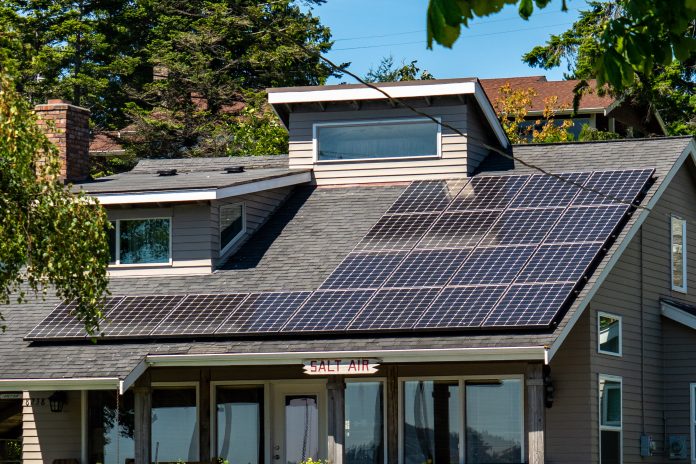Open Access Government considers the rudiments of solar energy policy, including its major role in decarbonising the power grid of America
Solar energy is the most affordable and fastest-growing source of new electricity, according to the U.S. Department of Energy (DOE). Certainly, more Americans and businesses take advantage of clean energy as its costs reduce significantly. (1) The Solar Energy Technologies Office (SETO), part of the DOE funds research in the field intending to improve the reliability, affordability and benefit of solar technologies for homes. (2) But how does solar work? The DOE gives the following simple description on their website: “Solar technologies convert sunlight into electrical energy either through photovoltaic (PV) panels or through mirrors that concentrate solar radiation. This energy can be used to generate electricity or be stored in batteries or thermal storage.” (3)
Decarbonising the U.S. power grid
In key news, we learn that DOE published the Solar Futures Study on 8th September concerning the major part solar will play in decarbonising the power grid of America. “The study illuminates the fact that solar, our cheapest and fastest-growing source of clean energy, could produce enough electricity to power all of the homes in the U.S. by 2035 and employ as many as 1.5 million people in the process,” Secretary of Energy, Jennifer M. Granholm comments. “Achieving this bright future requires a massive and equitable deployment of renewable energy and strong decarbonization policies – exactly what is laid out in the bipartisan Infrastructure Investment and Jobs Act and President Biden’s Build Back Better agenda,” she adds. (4)
Large-scale solar plants impacts
In September this year, the DOE released two requests for information (RFI) concerning feedback on ways ahead about impacts of large-scale solar plants on ecosystems and wildlife plus utilising solar energy to decarbonise industrial processes. “To help achieve President Biden’s goal of a carbon-free grid by 2035 and a 100% clean energy economy by 2050, solar energy is a major contributor in making renewable energy cheaper and more accessible,” Acting Assistant Secretary for Energy Efficiency and Renewable Energy Kelly Speakes-Backman says. “These RFIs, with the assistance of the public, will help guide DOE as it lays out its plan for solar electric and thermal energy for years to come,” she adds. (5)
Funding for solar research
In research news, we find out that on 11th August the DOE heralded funding of $45 million for projects that integrate clean energy sources onto the grid seamlessly. “To flip the switch on climate change, we need a grid that’s chock full of renewable energy that’s also cheap and accessible,” says Jennifer M. Granholm. “The universities, small businesses, and national lab behind these projects are building the critical components of America’s future grid, making it more resilient on our way to a 100% clean power system,” she adds. (6)
In July 2021, the DOE revealed awards worth $127 million will fund an array of small businesses concerned with advanced scientific tools and clean, secure energy for the inhabitants of America. Jennifer M. Granholm shares her thoughts about the role of small businesses in clean energy innovation. “Small businesses are the backbone of American communities, representing some of our best opportunities to make the clean energy innovations our country needs to meet President Biden’s goal of net-zero carbon emissions by 2050. These funding awards will help small businesses take their work to the next level, expand their operations and create new jobs, and be part of the fight against the existential crisis of our time – climate change.” (7)
Closing thoughts on solar energy
Clearly, solar energy will play a huge part in President Biden’s ambition for a carbon-free grid by 2035 and a 100% clean energy economy by 2050, as well as his Build Back Better agenda. We have seen a few examples of the strong support the DOE gives to support research in the field, so we wish all concerned well in their endeavours to push solar energy in the U.S. forward.
References
- (1) https://www.energy.gov/solar
- (2) https://www.energy.gov/eere/solar/solar-energy-technologies-office
- (3) https://www.energy.gov/eere/solar/how-does-solar-work
- (4) https://www.energy.gov/articles/doe-releases-solar-futures-study-providing-blueprint-zero-carbon-grid
- (5) https://www.energy.gov/eere/articles/department-energy-releases-two-requests-information-solar
- (6) https://www.energy.gov/articles/doe-awards-45-million-advance-solar-manufacturing-and-grid-technologies
- (7) https://www.energy.gov/articles/doe-announces-127-million-small-business-research-and-development-grants











